 How to Make Hot Buttered Toast!
How to Make Hot Buttered Toast!
Bill Bryson, author of the awesome domestic history compendium At Home: A Short History of Private Life, doesn’t have a high opinion of Isabella Beeton. Mrs. Beeton published Mrs. Beeton’s Book of Household Management in the mid-19th century; it included thousands of recipes, instructions for house servants, cleaning tips, medical advice and more. It is probably the most influential English cookbook of all time. Bryson calls it “…done in carelessness and haste” “plagiarized” and “…An instruction manual that could be followed religiously and that was exactly what people wanted.”
Ok. Maybe her book is a little over the top. Perhaps one of the best examples of the tediousness of her recipes can be found in her “precise steps how to make hot buttered toast.”
TO MAKE HOT BUTTERED TOAST.
A loaf of household bread about two days old answers for making toast better than cottage bread, the latter not being a good shape, and too crusty for the purpose. Cut as many nice even slices as may be required, rather more than 1 inch in thickness, and toast them before a very bright fire, without allowing tho bread to blacken, which spoils the appearance and flavour of all toast. When of a nice colour on both sides, put it on a hot plate; divide some good butter into small pieces, place them on the toast, set this before the fire, and when the butter is just beginning to melt, spread it lightly over the toast. Trim off the crust and ragged edges, divide each round into 4 pieces, and send the toast quickly to table. Some persons cut the slices of toast across from corner to corner, so making the pieces of a three-cornered shape. Soyer recommends that each slice should be cut into pieces as soon as it is buttered, and when all are ready, that they should be piled lightly on the dish they are intended to be served on. He says that by cutting through 4 or 5 slices at a time, all the butter is squeezed out of the upper ones, while the bottom one is swimming in fat liquid. It is highly essential to use good butter for making this dish.
But I tried her recipe, and I have to admit: it was a great system of toast making. I didn’t use the best butter–just Land o’ Lakes from the fridge. And no open fire: I have a combo pop-up toaster and toaster oven, and used both features to execute this recipe: first to toast the bread, then to melt the butter. But with the double-toasting method she suggests, the butter was evenly distributed and saturated into the surface. The salty fat squeezed out with each bite and oozed over the tongue. The soft squares of toast looked ridiculously small on the plate, but the mouth-feel was almost decadent without the tough and scratchy crusts.
Maybe I just have a soft spot for Isabella. She was writing in a time when women weren’t. She was trying to write more specific better organized recipes when recipes were about clear as mud. And she loved her publisher husband fiercely–who also seemed to love her back, but also gave her syphilis (probably).
At least she had a handle on toast.

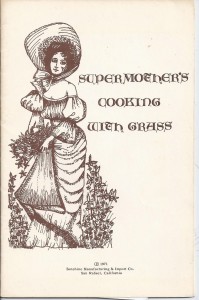
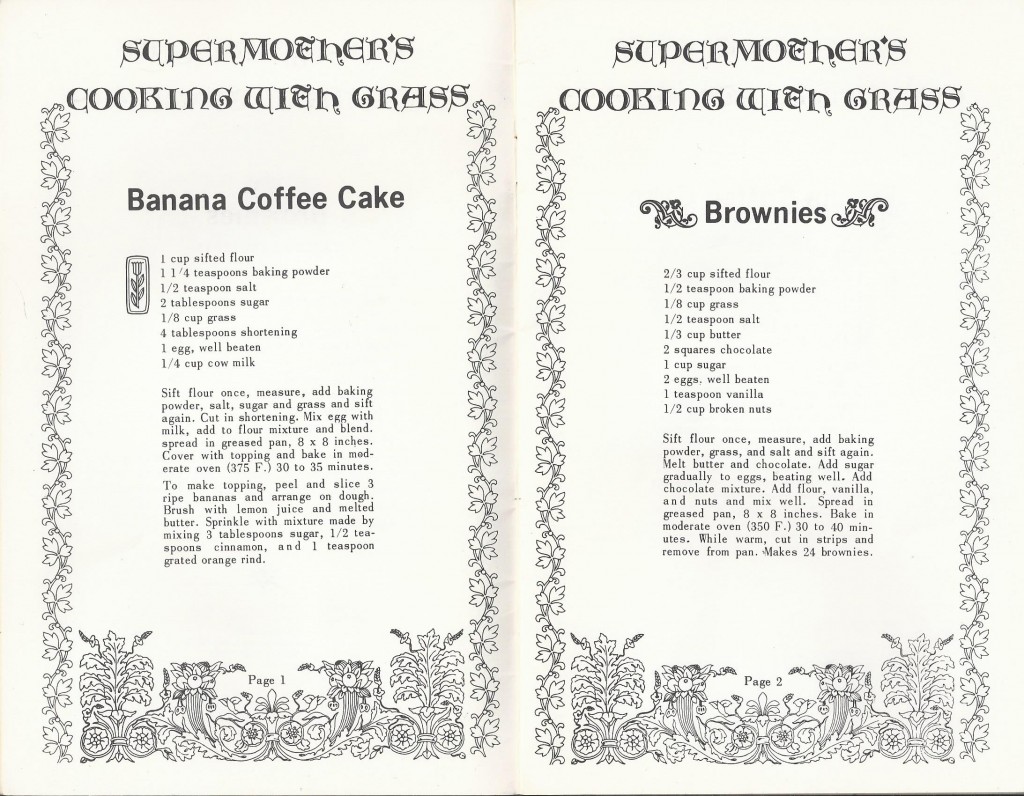
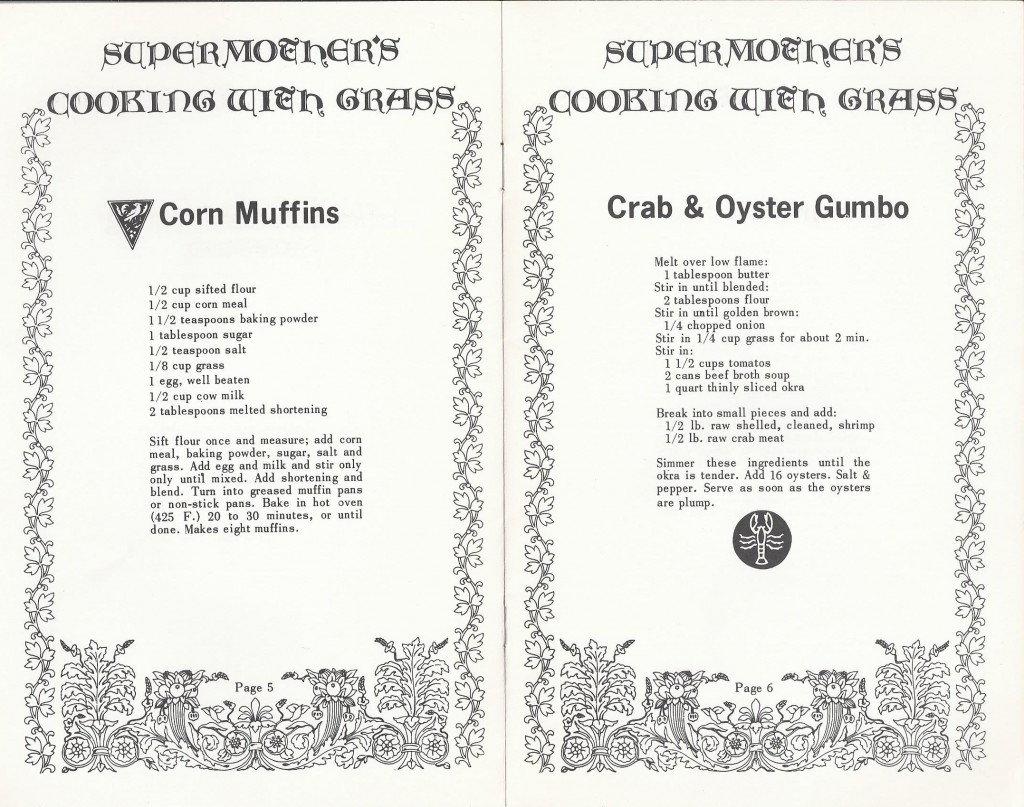
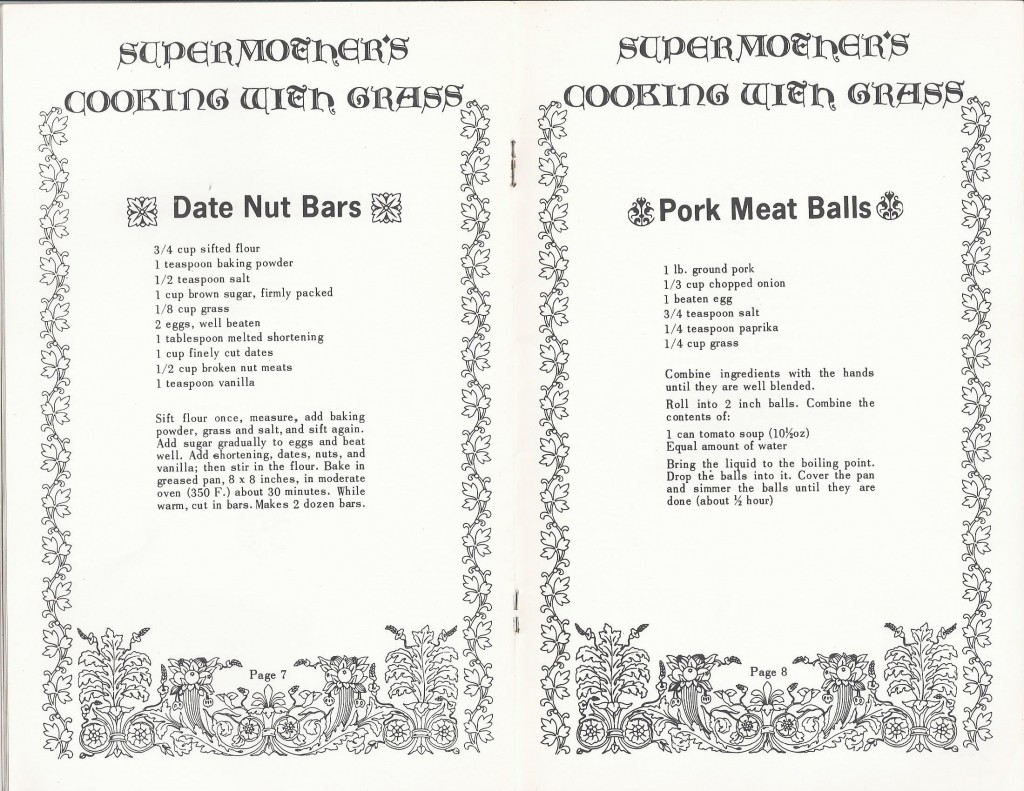
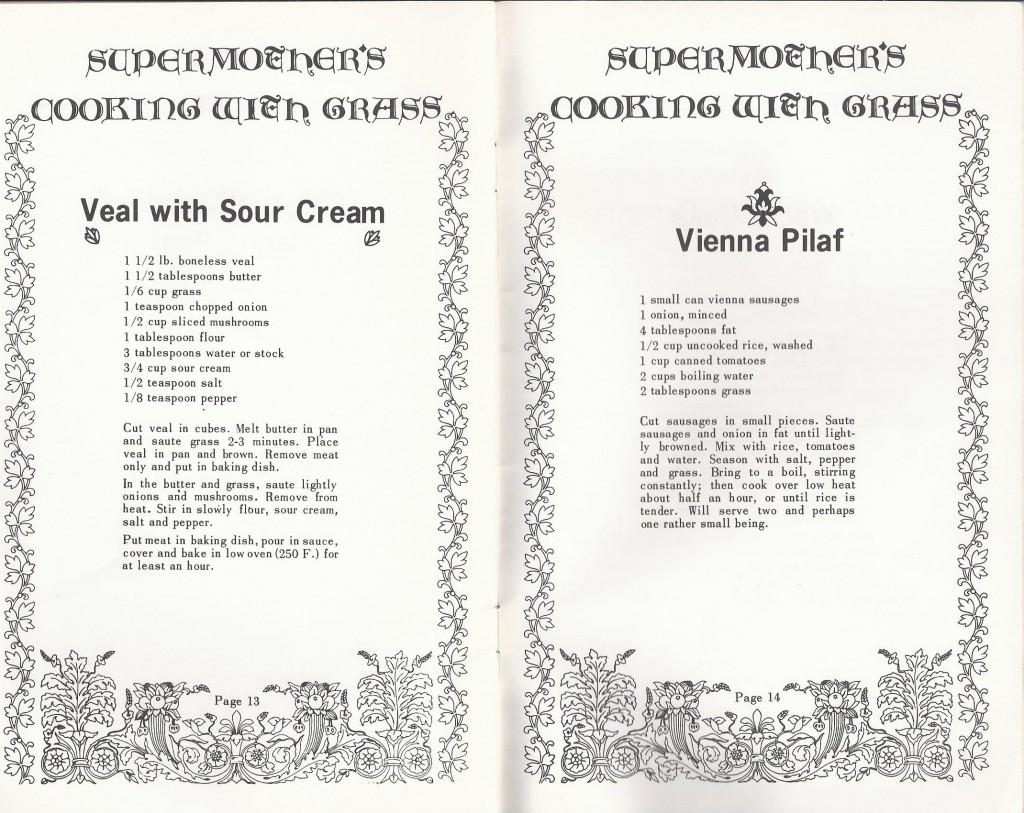
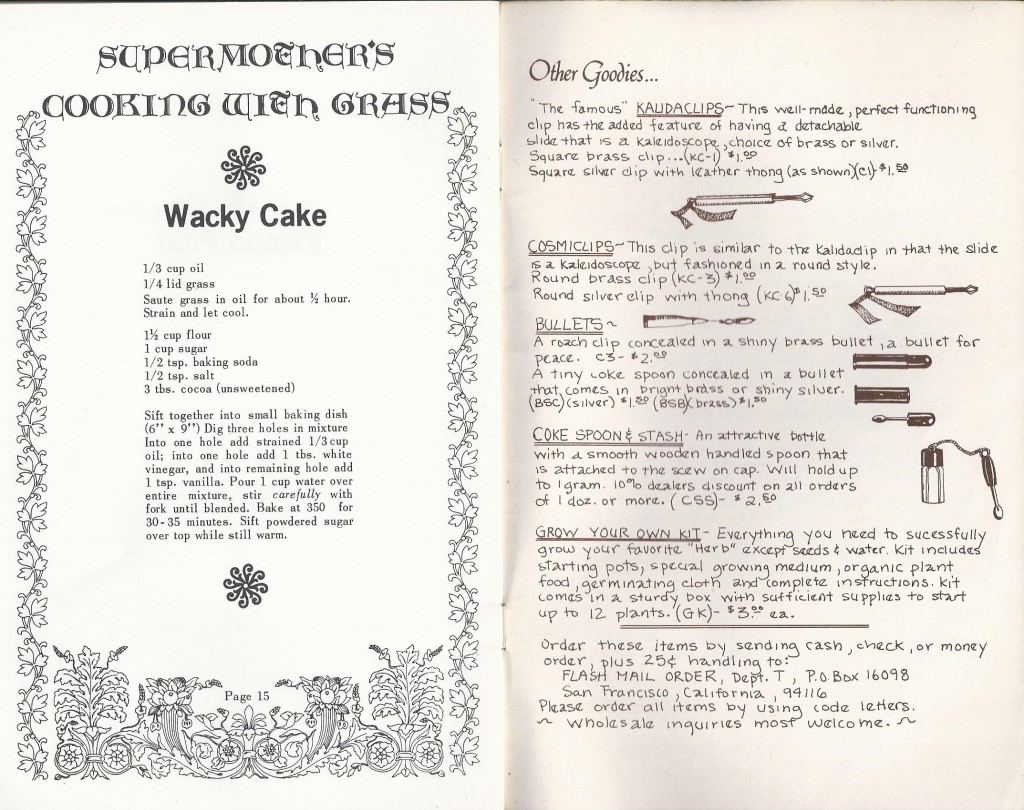
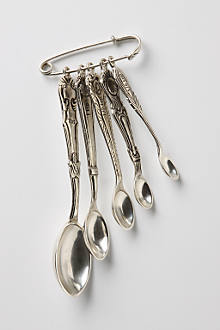 \
\
